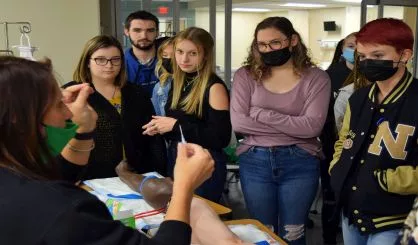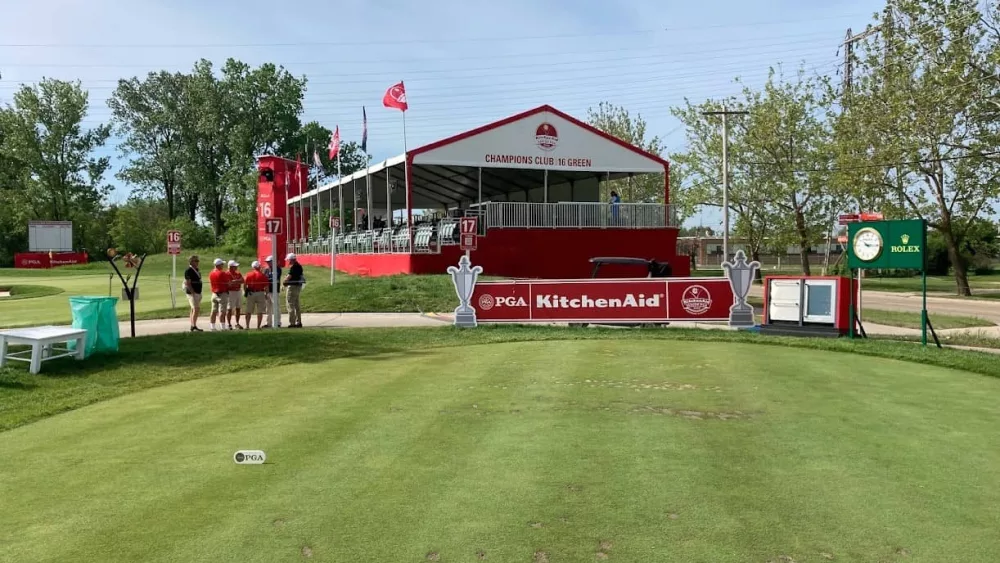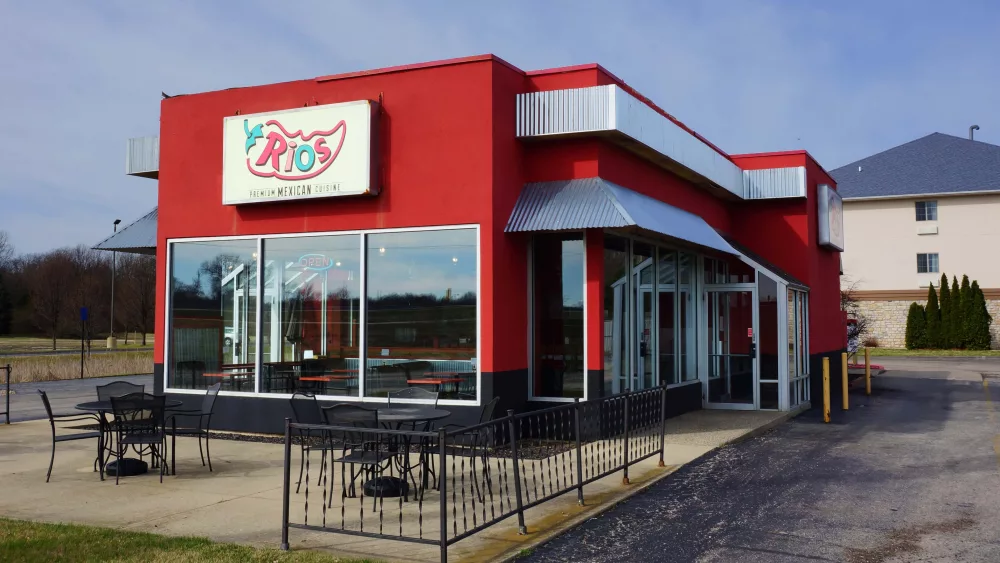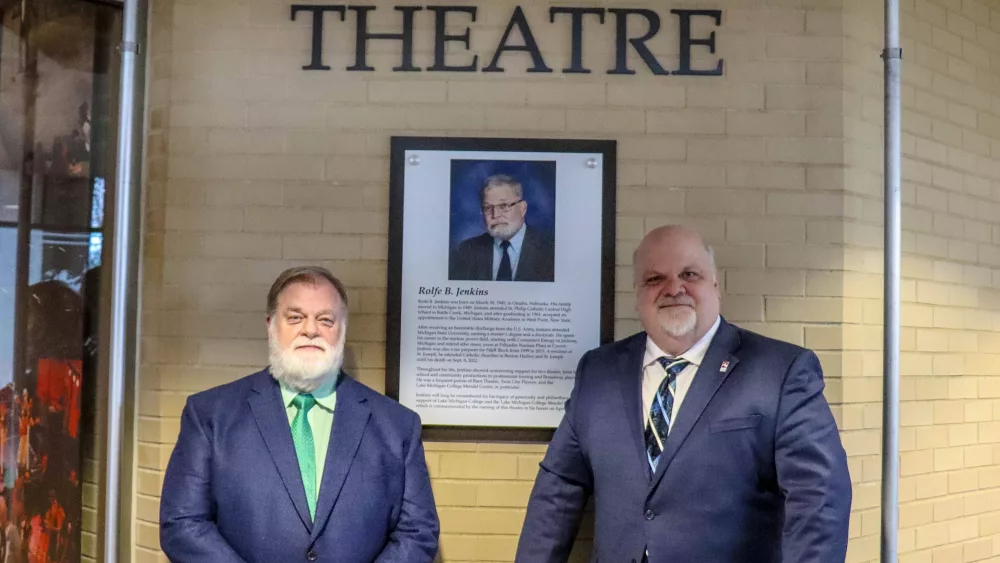Southwestern Michigan College has had a chance to show off its nursing program with a tour for local high school students. SMC tells us more:
Seventy-four high school students attending Southwestern Michigan College’s Nursing Day Nov. 12 learned how to draw blood from IV arms and helped deliver a baby.
The “birth” was the Karen K. Rose Simulation Lab highlight. The sim lab “replicates what happens in hospital settings to provide our students a very safe place to learn,” Nursing Chair Dr. Deb Green said. “We use simulations in every class. We use two rooms mostly for medical/surgical classes. There is a pediatrics simulation room with a baby in a crib that cries, turns cyanotic (blue discoloration) and has issues, such as respiration, and Pediatric Hal, a little boy of 9 or 10. We create situations with him as well.”
Green stands beside Victoria, a manikin who has been in labor all night, growing increasingly cranky and uncomfortable as delivery approaches.
“I’ve been a nurse longer than any of you have been on this earth,” Green tells students from Niles, Lakeshore, Hartford, Berrien Springs and Waldron, “and I have spent my entire career in maternal nursing. For those of you born in Niles, I may have delivered you. My students don’t always get to do as much in clinical settings because our patients are healthy and just having babies. But I really want them to learn to think critically, so I set up situations with Victoria.”
Victoria startles a few visitors when her eyes open and she begins talking. Blood pressure can be taken on her arm, her heart rate can be monitored, even her bowels can be listened to. “My heart’s beating really fast. I feel faint,” Victoria said.
“Students can practice here without harming actual patients,” Green said. “Students then feel more comfortable in real hospitals. I run everything Victoria does on a computer” from the control room, while observing student response.
“After each simulation, we debrief in the room next door,” Green said. “I record this so they can watch the video, learn about themselves, and what they would do differently.”
“Nursing is a rigorous, face-to-face, four semesters,” Dr. Melissa Kennedy, dean of the School of Nursing and Health Services, said. “In two years, you can have your associate degree and go work in a hospital alongside nurses with bachelor’s degrees. SMC is very affordable for your two-year degree, then the hospital will pay for your bachelor’s degree. I always recommend associate-degree nursing programs for that exact reason. We admit 40 students twice a year. We have small class sizes with a very personal experience. Your very first nursing class, five instructors work with groups of eight students.”
“When you start in nursing, you’re a generalist,” said Kennedy, a 2008 SMC graduate. “Wherever you get your first job, that’s kind of where you learn your specialty. I was a cardiac nurse. Dr. Green delivers babies. You want to work three days a week, 12 hours a day, in the hospital, they’re hiring nurses right now in our area for $60 an hour. We have a 100-percent employment rate after graduation. All of the nursing programs in our area are amazing, but what sets SMC apart is we do clinicals in both Indiana and Michigan, so you see different types of nursing.”
There are numerous allied health paths, such as medical assisting.
“They check you in when you get to the doctor’s office, schedule your next appointment when you’re leaving and call you back to the room and take your blood pressure, temperature and weight. It’s the number-one growing field in health care, starting at $17 an hour.”
“There are three avenues for medical assisting,” Kennedy said. “You can have certificates in administration/front office stuff or the medical stuff such as vital signs in the back, or combine the two in an associate degree. With any avenue you take at SMC, you do 144 hours in an actual doctor’s office, which often leads straight into a job.”
“Another degree we offer is phlebotomy,” Kennedy said. “They draw blood in a hospital or outpatient lab. It takes one semester to complete, from September to December, or from January to May. You do seven weeks in a classroom, learning arteries and veins, then 120 hours in the hospital actually drawing blood. Once you poke 100 people you can take your certification. Pay is similar to medical assisting, about $17 an hour.”
Health information technology (HIT) does coding, medical billing and helps create electronic medical charts. “Anything that has to do with a computer in health care,” Kennedy said. HIT is an evening program offered at the Niles campus.
Two recent additions are Magnetic Resonance Imaging (MRI) Technology and Neurodiagnostic (EEG) Technology (recording electrical activity in the brain and nervous system), offered partially online with clinicals in local health facilities through a partnership with the Michigan Community College Association (MCCA).
Students interested in SMC’s health programs for Spring or Fall 2022 can apply to the college for free at https://swmich.edu/admissions/apply.






